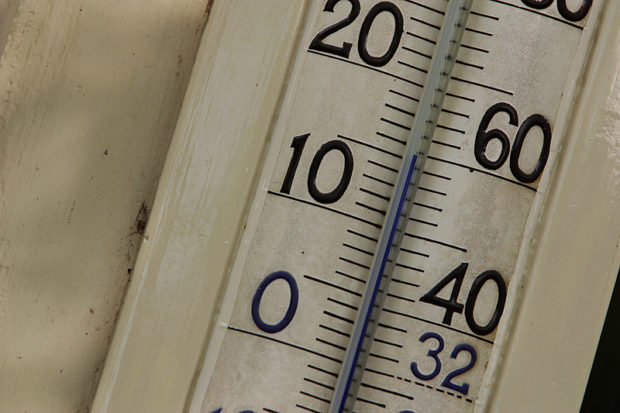Bitterly cold temperatures in the western corn belt can put dairy cattle and calves at risk for cold stress. SDSU Assistant Professor and Extension Dairy Specialist Maristela Rovai says young calves are especially at risk with temperatures well below zero, so it’s critical producers keep animals warm and dry, especially right after birth.
She says to improve survival rates for calves producers need to provide colostrum one to two hours after birth. This will help them deal with the cold and prevent future diseases.
Rovai says to promote teat health research indicates teat dipping should be continued. Plus, she advises producers not to turn lactating cows outside until teat and udders are dry to prevent teat chapping and frostbite.
Rovai says lactating cows that are adequately fed should withstand cold conditions provided they are kept dry and not exposed to winds. She suggests keeping the housing area dry and free of manure and to provide an ample supply of clear dry bedding daily.




